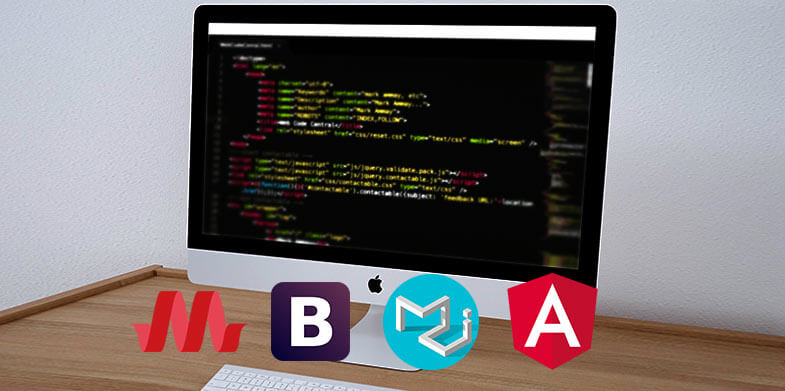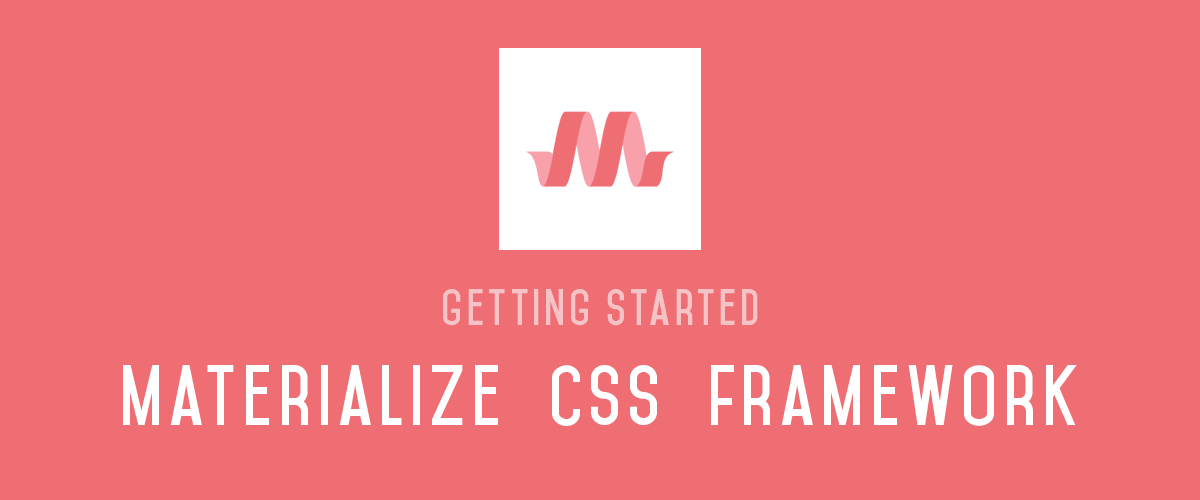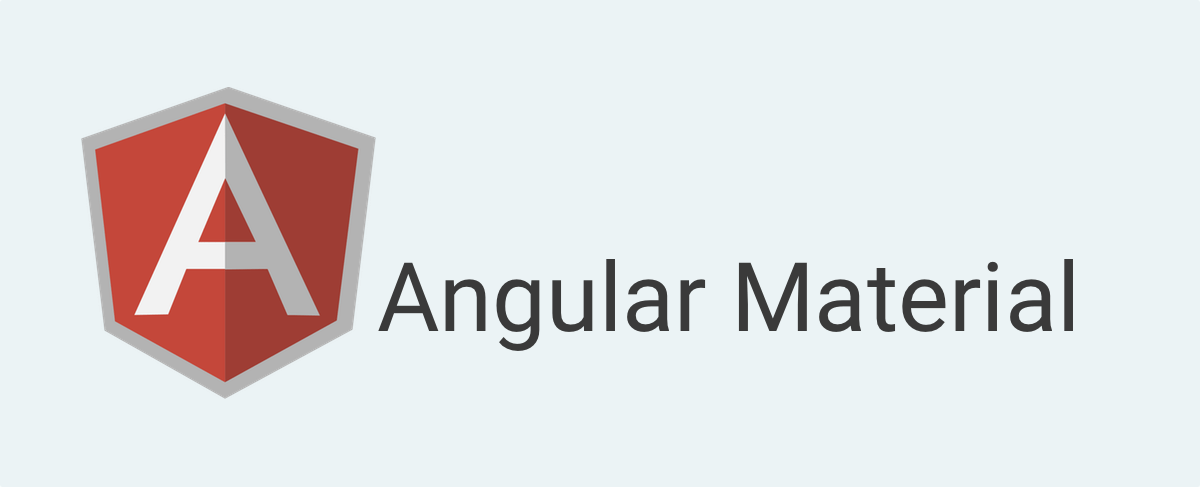
Material web design frameworks are created in order to shorten the design life cycle so as to speed up your workflow. They are usually ready to use, therefore you will not have to go through the trouble of building components and CSS from scratch, which can take a lot of your time and efforts. Fortunately, there are many ready to use material design frameworks out there, and they are usually available as free to use and open source. Here are the most important ones you should know about:
1. Materialize CSS

This is one of those web design frameworks that have components and CSS that have been built in accordance to Google material design guidelines. It is a very detailed framework to such a level that it also includes CSS classes even for the vertical alignment of elements on WebPages. This framework was created by students from Carnegie Mellon University. It is available as free to use open source framework. The framework gives you a full package that you can use in the creation of both small project websites and large scale responsive websites. It can also be used to build HTML5 hybrid mobile applications. What is included in the framework is the CSS for color, tables, typography, grids as well as helper classes among others. The framework is also fully packed with CSS embedded responsive videos and images for your designs. The components you will use with Materialize include Navbar, buttons, badges, forms, pagination, and cards among others. You will also enjoy JavaScript implementation, which includes parallax, dialog, waves, tabs, modals, pushpin, sidenav among others.
2. Paper

This is a highly customizable theme that executes material design using bootstrap, web fonts from Google and icons from font awesome. This framework is similar to Bootstrap material design in that it gives you a head start with any new project you would like to develop, therefore you do not have to start creating components and CSS from scratch. You get a base theme that is flavored with material design, one that is ready to use, saving you great effort and so much time. There are options to customize it and make it into something you would enjoy using more, so as to create the exact projects that are on your mind.
3. Material UI

This too is a great professional grade framework that is cleanly built in order to make the work of designers very easy. It also implements Google’s material design, just like Materialize CSS. The developers have made it available as open source. It has been actively maintained in order to incorporate all the new changes and additions into the design guidelines to make it an even better framework. Everything in this framework is a React component except for the basic CSS classes for say typography, color among others. This is what makes this a difficult to use framework for those people who are not programmers, because you need to have some knowledge about JavaScript, JSX Syntax and also basic React components in order to effectively use it. Good thing with Material UI though is that it is highly customizable, therefore you can pass the styles for most of the components by overlooking the CSS classes as props and go to the component under consideration. If you want to create a clean modern looking website with a modern feel, you will enjoy this framework’s Roboto fonts.
4. Angular Material

This is a complete framework that runs under the hood of Angular JS. It was created and maintained by the Google’s team. It also implements Google’s material design. Angular material provides reusable, accessible and well tested UI components that are based on material design. The framework is available as open source. Any framework in the Angular ecosystem will run on directives, therefore this framework’s components are available as angular directives and services, which is the behavior of components that can be controlled by use of attributes. When using this framework, you can customize colors, typography and all the other components using the theming layer of the framework. The framework also features grid systems that are based on flex, from which you can create any possible web layout you can think of.
5. Bootstrap Material Design

If you are a fan of Bootstrap, you will enjoy using this framework for your web design. It is also suitable for anyone that wants to start afresh with a totally new project. Bootstrap material design is basically a theme that has been built using bootstrap 3 and one that implements Google’s material design. It is therefore not completely right to refer to it as a framework. The theme comes packed with components and CSS compliant with material design guidelines. Its main advantage is that it is customizable therefore you can create almost any layout you prefer in order to achieve any design in your mind by just making minor configuration changes to what is already there. With this framework, you get to enjoy the best in the two most important worlds, which are bootstrap as well as material design. Bootstrap is popular as the best web framework that is great to use in the building of responsive websites at fast speed. Material design on the other hand is the design philosophy that is trending at the moment.
Material design is increasing in popularity and the entire web and mobile system is being redesigned through the influence of Google’s material design principles. Frameworks are very important in any new design you would like to create. There are so many frameworks in use today and a lot more are coming up every day. The kind of web design framework you choose to use will always determine the end results and how easy it will be to work on any project you undertake. These are some of the most popular material design web frameworks you should think of if you want to create a website with a modern look and feel easily and in less time.

